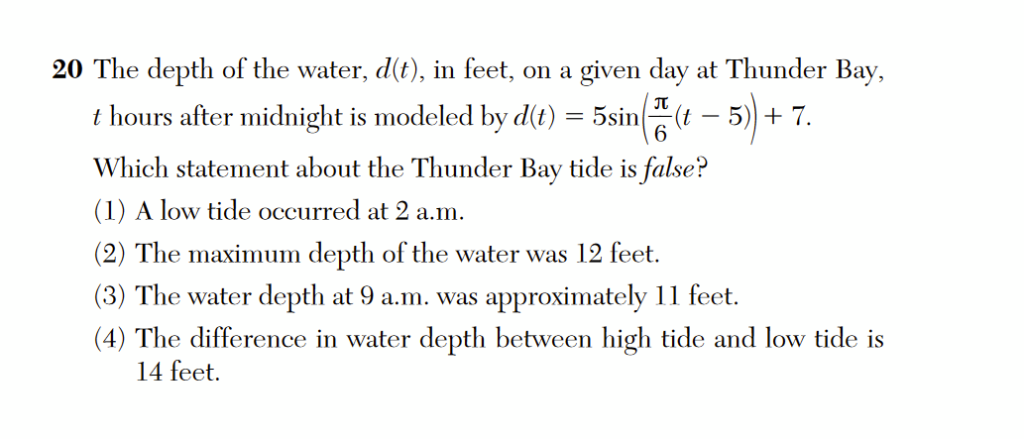My latest column for Quanta Magazine explores one of my favorite topics: infinity!
At the end of the Marvel blockbuster Avengers: Endgame, a pre-recorded hologram of Tony Stark bids farewell to his young daughter by saying, “I love you 3,000.” The touching moment echoes an earlier scene in which the two are engaged in the playful bedtime ritual of quantifying their love for each other. According to Robert Downey Jr., the actor who plays Stark, the line was inspired by similar exchanges with his own children.
The game can be a fun way to explore large numbers:
“I love you 10.”
“But I love you 100.”
“Well, I love you 101!”
This is precisely how “googolplex” became a popular word in my home. But we all know where this argument ultimately leads:
“I love you infinity!” “
Oh yeah? I love you infinity plus 1!”
Learn how a staple of high school math — functions — can help mathematicians understand infinity and even describe the different kinds of infinities there are! The full column is available here and includes a few challenging exercises at the end.





